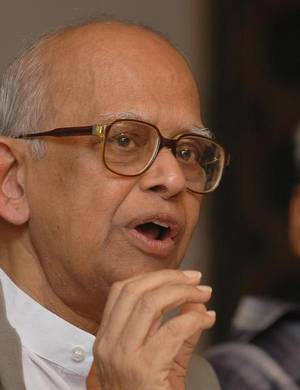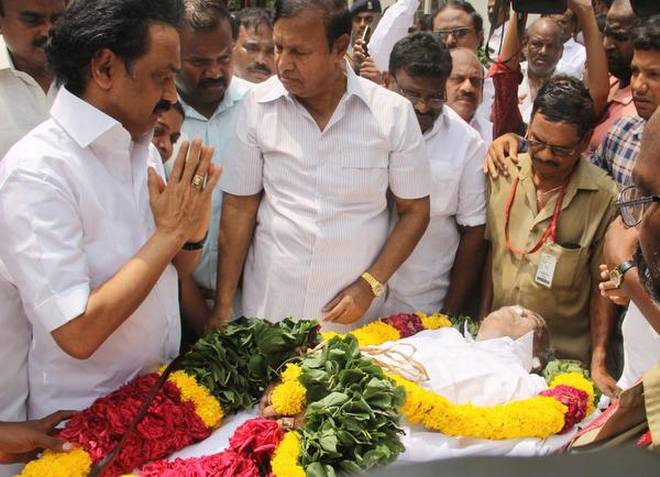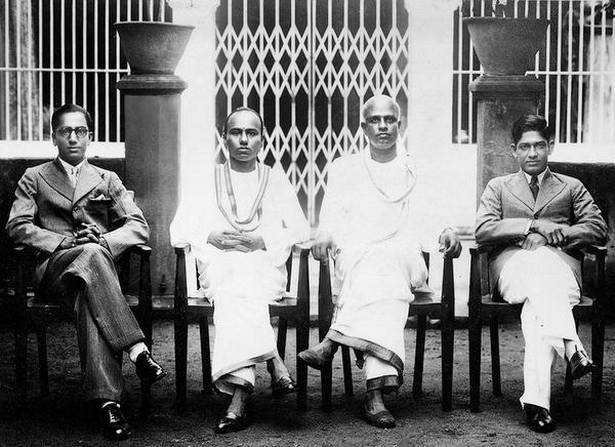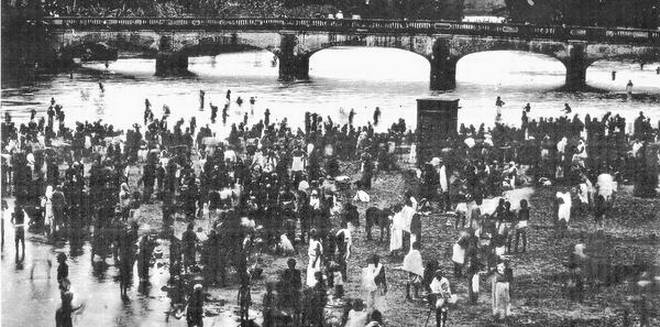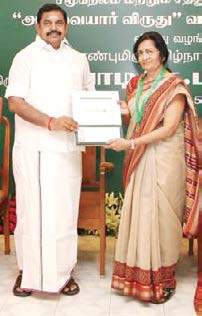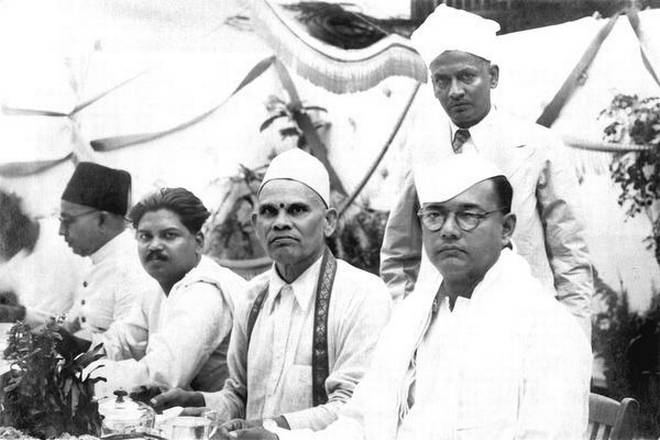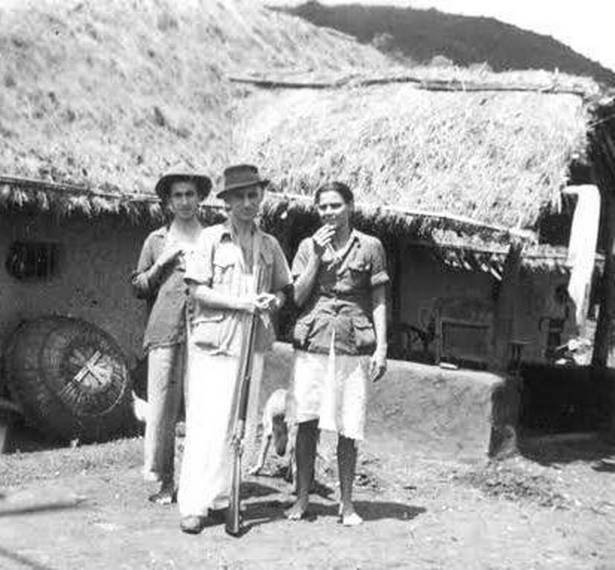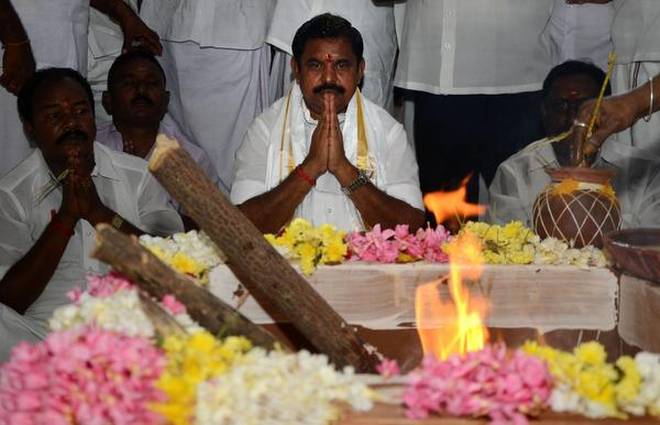It is appropriate that his birth centenary celebration begins in the city which still has a strong bond to him

N. Arumugam, a Madurai Corporation employee, rushes to a nearby shop to buy camphor and agarbathi as he sees people visiting Bharatha Ratna Ponmanachemmal MGR Amma Tirukoil (MGR Temple) in East Anuppanadi. He performs daily puja and aarthi to the idol of MGR, modelled on the ‘Murugan’ form he took in Thani Piravi. He takes care of the ‘first temple’ for MGR constructed by Nagarajan, a local AIADMK functionary, with public support in 1988. Arumugam is one among the many die-hard MGR fans who keep the legend alive in Madurai.
Twenty nine years after his death, memories of the 1960s and the 70s are relived by people past their prime in theatres where MGR’s films are released. The extended MGR family assembles in front of the theatre for the first show. Eighty-five-year-old Backiam of Sappanikoil Street is perhaps the oldest fan to visit theatres.
Another fan, Mariappan of Villapuram, a physically challenged person, uses a tricycle to move around. Coordinating all of them is M. Tamilnesan of Anna Nagar, an ‘MGR devotee.’ An incredible fan following for a 100-year-old legend is not a surprise in Madurai. This is the city that gave MGR many of his firsts, on and off screen.
Though born in Hantana, Kandy, Sri Lanka, on January 17, 1917, Marudur Gopalan Ramachandran’s entry into Madurai Original Boys Company, following in the footsteps of his elder brother M.G. Chakrapani at the age of six, is the first chapter in the never-ending story of his association with the city. On his centenary, Madurai can eminently claim to replace ‘Marudur’ in the three magic letters.
It was Madurai Veeran, released on April 13, 1956, that created the record for a Tamil movie crossing 100 days in 40 theatres. It ran for 200 days, crossing silver jubilee, the longest for an MGR film at that time, in Chinthamani Theatre. Twenty one of his films released in this theatre ran for over 100 days.
A grand function was organised at Tamukkam on October 26, 1958, to celebrate the success of Nadodi Mannan. His first fan club, which later became the bedrock of AIADMK, was started in Madurai. His last film was Maduraiyai Meetta Sundarapandian. It was T. M. Soundararajan of Madurai who lent his ‘bronze voice’ to MGR in all his famous songs. MGR organised a mega conference of his fans associations in Madurai in 1986 in which the famous picture of Jayalalithaa presenting him a silver sceptre was shot.
On the political front, the genesis of MGR’s ouster from the parent party and subsequent launch of the ADMK can be traced to the August 1972 Madurai district unit conference of the DMK, writes B. Thirumalai in his book, Madurai Arasiyal. Since his request to allow Jayalalithaa to perform a dance drama at the meet was turned down, MGR went round the city with her, hogging public attention, in an open vehicle. The crowd started to disperse after hearing him at the conference, though the star speaker, M. Karunanidhi, was yet to get his turn. This meet sowed the seeds of discord between the two leaders.
When he was actually expelled from the DMK, there was unrest in Madurai and some schools had to be closed from November 15, 1972, to January 8, 1973, recalls Mr. Thirumalai.
The ‘first flag’ of MGR’s would-be party was hoisted at Jhansi Rani Park. When MGR visited Madurai after floating the ADMK on October 17, 1972, his train took 10 hours to reach the city from Dindigul. The first victory certificate for his new party and symbol (Two Leaves), which came in the 1973 Lok Sabha by-election to Dindigul constituency, was handed over to the winner, K. Maya Thevar, at the Madurai Collector’s office.
He announced the formation of World Tamil Sangam at Madurai World Tamil Conference in 1981. It came into existence in 2016. In acknowledgement of people’s love for him, MGR chose to contest all the Assembly elections from 1977 from south Tamil Nadu – Aruppukottai (1977), Madurai West (1980) and Andipatti (1984). It is only appropriate that the celebration of his birth centenary begins here on June 30.
source: http://www.thehindu.com / The Hindu / Home> News> States> Tamil Nadu / by S. Annamalai / Madurai – June 30th, 2017
